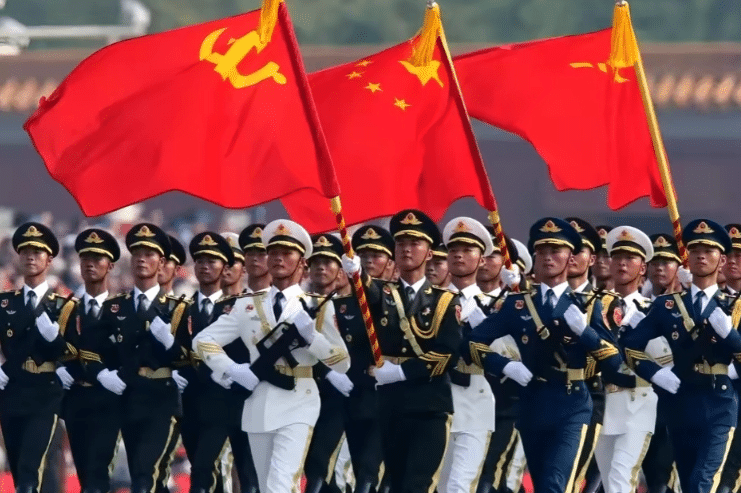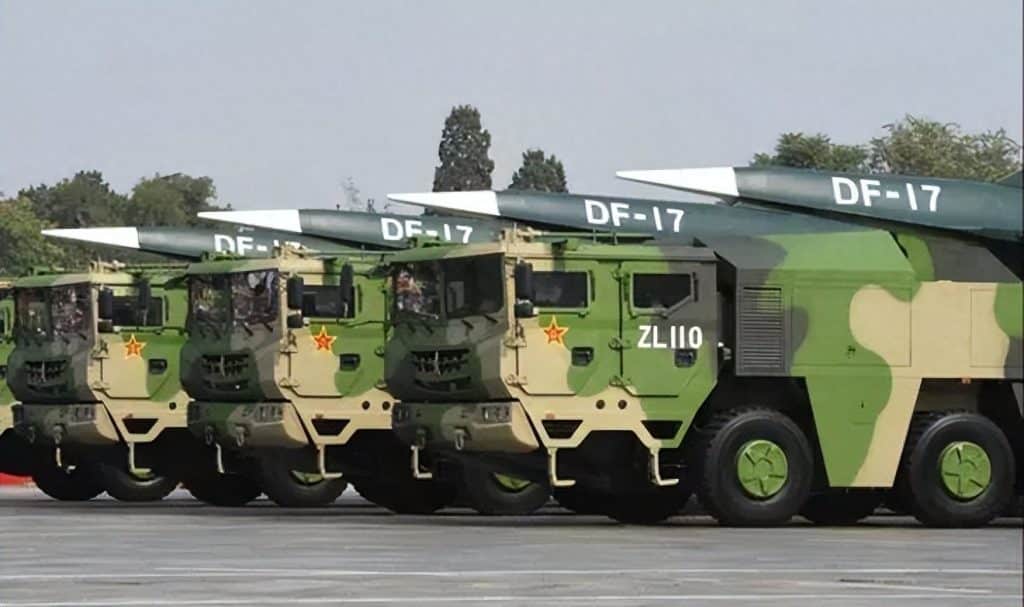Understanding the nuances behind military comparisons
The debate over whether China has surpassed the United States or still lags behind is ongoing. Some argue China has caught up, while others cite outdated reports claiming the opposite. To get a clearer picture, it’s useful to consider insights from military expert Zhang Zhaozhong, who urges caution against letting emotions drive the discussion.
Who is Zhang Zhaozhong?
Known affectionately online as “Ju Zuo,” Zhang is a retired senior military officer with extensive access to internal Chinese military intelligence. He has a unique track record of providing strategic assessments aimed at foreign audiences, occasionally misdirecting adversaries for tactical advantage.
For instance, during the early 2010s, Zhang downplayed China’s fifth-generation fighter development in interviews, leading U.S. decision-makers to underestimate the J-20 program. When the aircraft later debuted in 2011, it surprised Western analysts — a testament to the value of strategic misdirection and insider expertise.
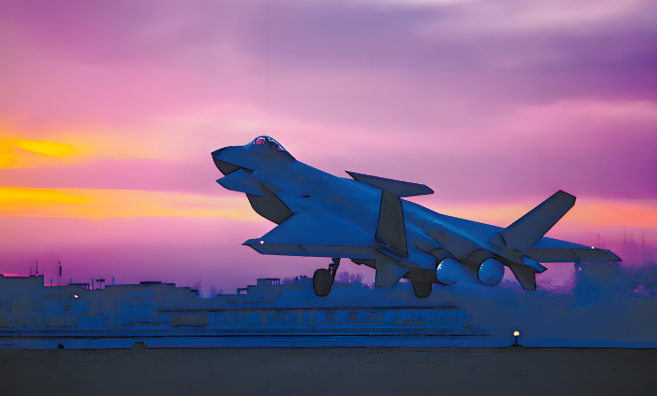
“Don’t Be Misled by Emotion”
Zhang emphasizes that China and the U.S. are roughly equal in overall military capability, with strengths in different areas. Data alone cannot capture the full picture; a nuanced analysis is required.
Aircraft Carriers
Many compare U.S. and Chinese aircraft carriers purely by numbers: the U.S. has 11 active carriers, nearly four times China’s fleet. However, most U.S. carriers are decades old, with maintenance and aging affecting operational efficiency.
Meanwhile, China’s Fujian-class carrier incorporates advanced technologies like electromagnetic catapults, achieving initial failure rates as low as 5% — only one-fifth of early U.S. systems, which took 28 years to reach operational maturity with failure rates around 25%.
While China can compete one-on-one, the U.S. retains a significant advantage in experience, nuclear propulsion, and long-term operational depth.
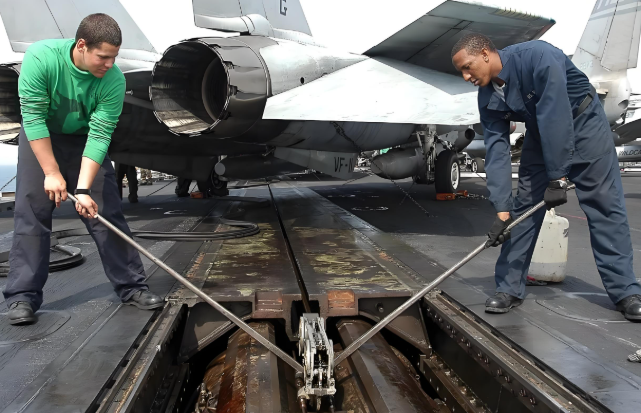
Real-World Combat Experience
Zhang also points out the lack of large-scale combat experience for China. The country’s last major war was in 1979, while U.S. forces have been continuously engaged in conflicts and peacekeeping worldwide.
Training exercises can simulate warfare but cannot replicate the stress and unpredictability of real combat. As a result, whether China could decisively defeat the U.S. in a real war remains uncertain.
Areas of Comparative Advantage
U.S. Strengths
- Global military presence: Over 300 overseas bases enable rapid medical evacuation and logistics support.
- Civil-military integration: Dual-use technologies, such as F-35 chips shared with commercial applications, allow rapid adaptation in wartime.
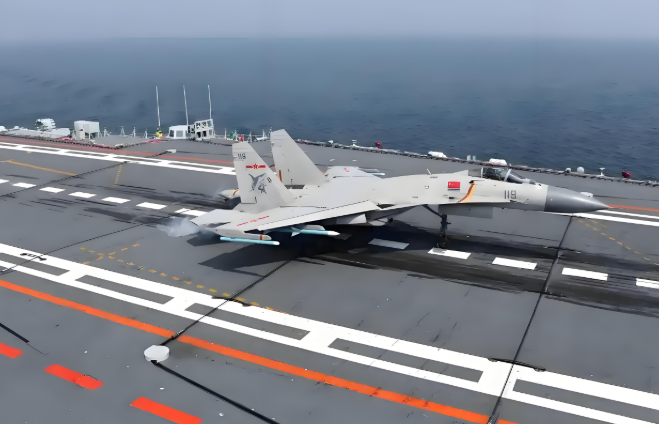
China’s Strengths
- Air force development: Advanced sixth-generation fighter prototypes place China ahead of the U.S. in this domain.
- Missile technology: The Dongfeng series features highly maneuverable, hypersonic capabilities, posing challenges even to sophisticated defense systems.
Zhang stresses that both sides possess strengths and weaknesses. Neither side has a clear, decisive edge across all domains.

Key Takeaways
- China is capable of combat, but actual outcomes in large-scale warfare remain uncertain.
- The U.S. benefits from extensive operational experience and global reach, while China is advancing rapidly in technology and precision systems.
- Analyses should focus on holistic capability evaluation, not just numbers or specific technologies.
As Zhang cautions: “Don’t let emotions cloud judgment. Both sides have advantages and vulnerabilities — it’s a complex picture, not a simple race.”
References
- Public statements and interviews of Zhang Zhaozhong.
- Open-source military data on Chinese and U.S. aircraft carriers, fighter programs, and missile capabilities.
- Defense technology reports and news analysis (2023–2025).


